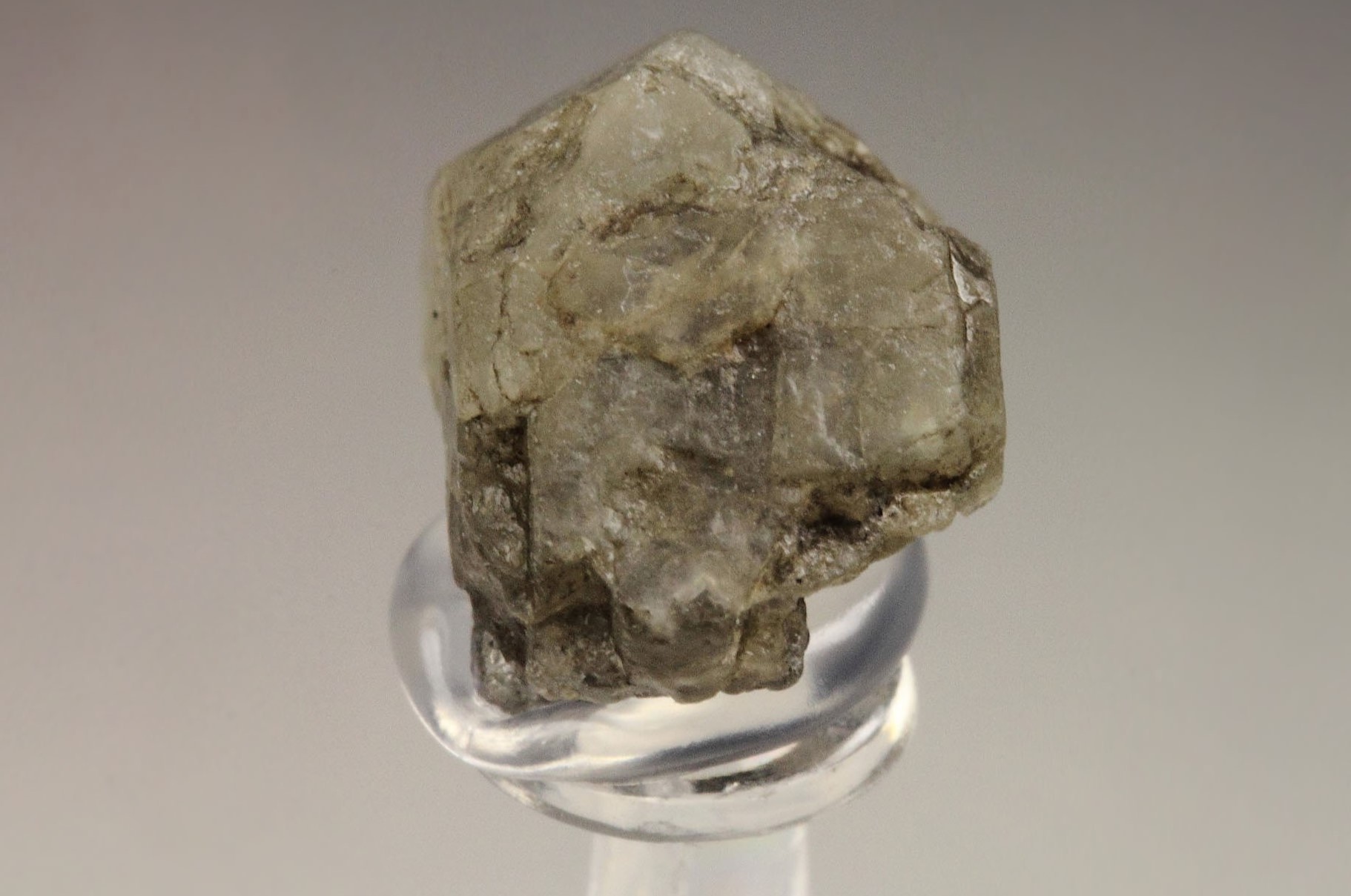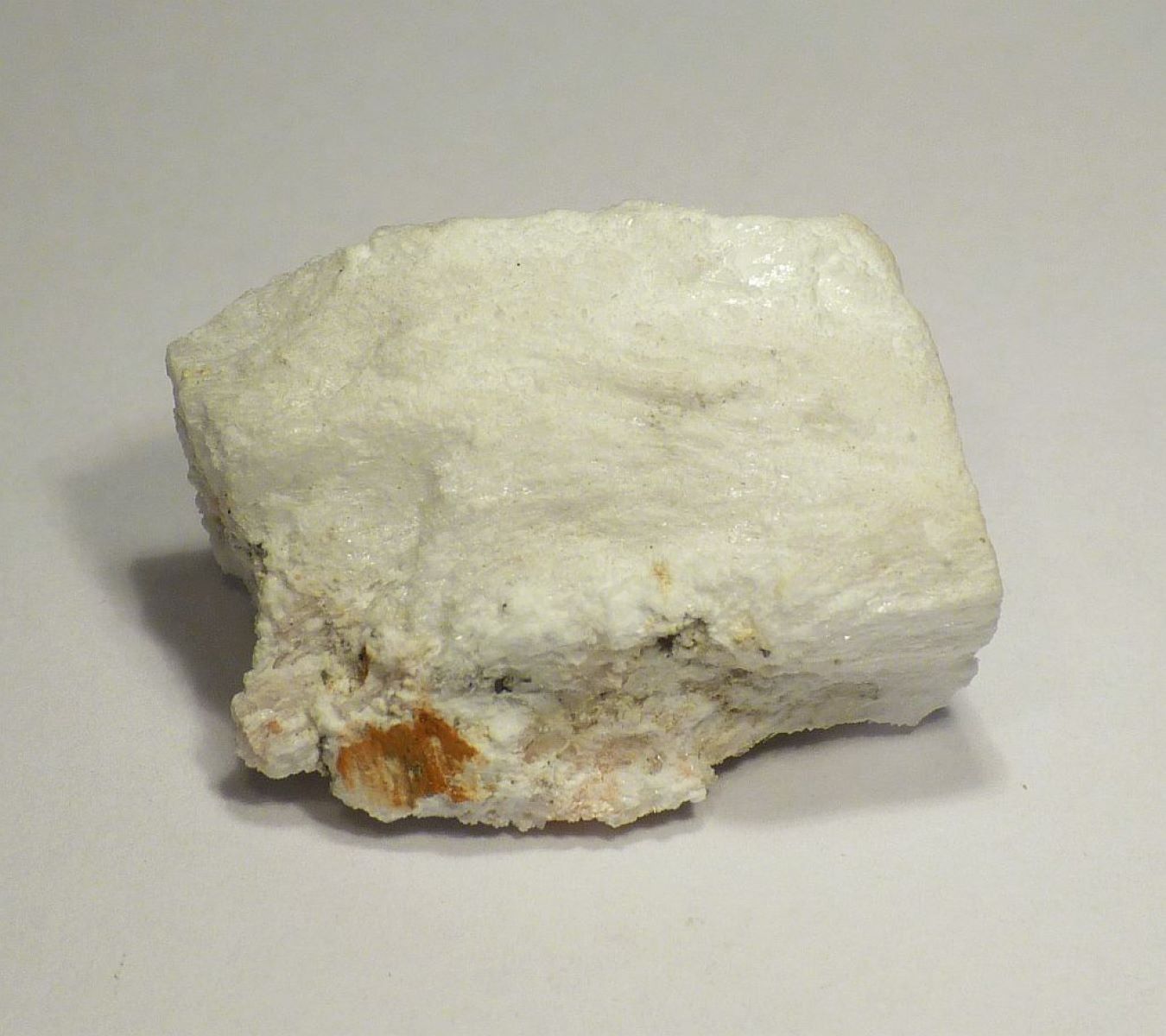
What is Anorthoclase? Anorthoclase is a rare mineral that belongs to the feldspar group, known for its unique sodium potassium aluminium silicate composition. With a triclinic crystal system, it stands out from other feldspars like sanidine. Found in high-temperature volcanic rocks, anorthoclase was first discovered in 1885 on Pantelleria Island, Sicily. Its white to gray color, vitreous luster, and perfect cleavage make it distinct. Used in ceramics, glass manufacturing, and sometimes as a gemstone, anorthoclase is both industrially valuable and geologically significant. Its rarity and unique properties make it a fascinating subject for study in geology and mineralogy.
Key Takeaways:
- Anorthoclase is a rare and fascinating mineral with unique properties, used in ceramics and glass manufacturing. Its oblique cleavage and geological significance make it an intriguing subject for study.
- Found in high-temperature volcanic rocks, anorthoclase has distinct physical and optical properties. Its rarity and association with other minerals make it a valuable educational tool in geology and mineralogy.
What is Anorthoclase?
Anorthoclase is a fascinating mineral that belongs to the feldspar group. It has a unique composition and set of properties that make it stand out among other minerals.
-
Definition and Classification: Anorthoclase consists of sodium potassium aluminum silicate, with the chemical formula (Na,K)AlSi3O8. It falls under the feldspar group, which also includes minerals like albite and orthoclase.
-
Crystal System and Structure: This mineral has a triclinic crystal system, setting it apart from other feldspars like sanidine, which has a monoclinic structure.
Crystallography and Occurrence
Anorthoclase's crystallographic properties and where it can be found are key to understanding this mineral.
-
Crystallography: The crystallographic properties include a space group of C1 and a unit cell with dimensions a = 8.28 Å, b = 12.97 Å, c = 7.15 Å, α = 91.05°, β = 116.26°, and γ = 90.15°. The unit cell contains four molecules of anorthoclase.
-
Occurrence: Typically found in high-temperature sodium-rich volcanic and hypabyssal rocks, anorthoclase can appear as part of the fine-grained matrix or as small phenocrysts in weathered rocks.
-
First Recorded Occurrence: Discovered in 1885 on Pantelleria Island, Trapani Province, Sicily. Its name comes from Greek words indicating its oblique cleavage.
Composition and Stability
Understanding the composition and stability of anorthoclase helps in identifying and utilizing this mineral.
-
Composition: Anorthoclase is a solid solution series between high albite and sanidine, typically containing 10-36% KAlSi3O8 and 64-90% NaAlSi3O8. This variation affects its physical and optical properties.
-
Stability: Stable at temperatures above 600 °C (1,100 °F). Below 400–600 °C (800–1,100 °F), exsolution can occur, leading to a perthite structure.
Physical and Optical Properties
Anorthoclase has distinct physical and optical properties that make it identifiable.
-
Physical Properties: It has a white to gray color, a vitreous luster, and a hardness of 6 on the Mohs scale. It exhibits perfect cleavage on the {001} plane and other partings. The mineral is brittle and has uneven fracture.
-
Transparency and Diaphaneity: Can be opaque, translucent, or transparent. Its diaphaneity ranges from opaque to transparent, depending on the specific crystal.
-
Streak: The streak of anorthoclase is white, a useful diagnostic property for identifying the mineral.
-
Specific Gravity: Ranges from 2.57 to 2.60, slightly higher than other feldspars.
-
Optical Properties: Optically biaxial with a negative optic sign. The refractive indices are nα = 1.519–1.529, nβ = 1.524–1.534, and nγ = 1.527–1.536. The birefringence is δ = 0.008, and the 2V angle is measured between 34° and 60°.
Twinning, Cleavage, and Fracture
These structural features are essential for identifying and understanding anorthoclase.
-
Twinning: Can exhibit polysynthetic twinning, producing a grid pattern on the {100} plane. This twinning is less common compared to other feldspars like microcline.
-
Cleavage: Has perfect cleavage on the {001} plane and other partings, a distinguishing feature of the mineral.
-
Fracture: The fracture is uneven, indicating its brittle nature. This property helps distinguish it from other minerals with different fracture patterns.
-
Tenacity: Anorthoclase is brittle, meaning it breaks easily when subjected to stress. This tenacity is characteristic of many feldspar minerals.
Uses and Associations
Anorthoclase has several industrial uses and is often found with other minerals.
-
Uses in Industry: Used as a fluxing agent in the production of porcelain, tiles, and other ceramic products. Also used as a source of potassium in fertilizers and as a component in glass manufacturing.
-
Gemstone Properties: Sometimes used as a gemstone due to its rarity and unique properties, though less common in jewelry compared to other minerals.
-
Association with Other Minerals: Often associated with minerals like aegirine, augite, ilmenite, kenyaite, quartz, moonstone, arfvedsonite, zircon, ferrosilite, and apatite. These associations help in identifying anorthoclase in geological samples.
Health Risks and Rarity
While anorthoclase is rare, it poses no significant health risks.
-
Health Risks: Not known to have harmful effects on human health. However, handle with care due to its brittle nature and potential for causing injury if not handled properly.
-
Rarity: A rare mineral, primarily found in specific types of igneous rocks. Its rarity makes it less common in geological collections compared to other feldspar minerals.
Geological Context and Formation
The geological context and formation processes of anorthoclase are crucial for understanding its occurrence.
-
Geological Context: Typically found in high-temperature sodium-rich volcanic and hypabyssal rocks. These rocks form under specific conditions that favor the formation of anorthoclase.
-
Formation Processes: Forms through the crystallization of magma or the cooling and solidification of high-temperature sodium-rich rocks. The specific conditions required for its formation make it a rare mineral.
Identification and Distinguishing Features
Identifying anorthoclase involves recognizing its unique physical and optical properties.
-
Identification: Can be identified through its physical properties, such as its white to gray color, vitreous luster, and perfect cleavage on the {001} plane. Its optical properties, including birefringence and refractive indices, also help in distinguishing it from other minerals.
-
Distinguishing Features: One distinguishing feature is its oblique cleavage, not perpendicular to the crystal faces. This property is reflected in its name, derived from Greek words indicating its unique cleavage pattern.
Geographical Distribution and Availability
Anorthoclase can be found in specific locations around the world and is available from mineral dealers.
-
Geographical Distribution: Found in various locations worldwide, including Pantelleria Island in Sicily, where it was first described. Also found in other regions known for high-temperature volcanic activity.
-
Mineral Dealers: Available from mineral dealers, though its rarity makes it less common in collections. Often sought after by collectors due to its unique properties and geological significance.
Scientific and Educational Value
Anorthoclase has been extensively studied and serves as an important educational tool.
-
Scientific References: Extensively studied in scientific literature. References include works by Frondel (1972), Northrop et al. (1996), and other researchers who have contributed to our understanding of its composition, structure, and properties.
-
Educational Value: Serves as an important educational tool in geology and mineralogy. Its unique properties and formation processes make it valuable for teaching students about the Earth's crust and mineralogy.
-
Conclusion: Anorthoclase is a fascinating mineral with a unique composition and set of properties. Its rarity, geological significance, and industrial uses make it an important subject of study in the fields of geology and mineralogy. Understanding anorthoclase helps us better comprehend the Earth's crust and the processes that shape our planet.
The Fascinating World of Anorthoclase
Anorthoclase, a rare gem in the feldspar group, stands out with its unique composition and triclinic crystal structure. Found in high-temperature, sodium-rich volcanic rocks, it boasts a chemical formula of (Na,K)AlSi3O8. Its perfect cleavage, white to gray color, and vitreous luster make it a distinctive mineral. With uses ranging from industrial applications in ceramics and glass manufacturing to occasional gemstone purposes, anorthoclase is both versatile and valuable. Its association with other minerals like aegirine and quartz adds to its geological significance. Though rare, it serves as an important educational tool, helping us understand the Earth's crust better. Whether you're a geology enthusiast or just curious, anorthoclase offers a glimpse into the intricate processes that shape our planet.
Frequently Asked Questions
Was this page helpful?
Our commitment to delivering trustworthy and engaging content is at the heart of what we do. Each fact on our site is contributed by real users like you, bringing a wealth of diverse insights and information. To ensure the highest standards of accuracy and reliability, our dedicated editors meticulously review each submission. This process guarantees that the facts we share are not only fascinating but also credible. Trust in our commitment to quality and authenticity as you explore and learn with us.


